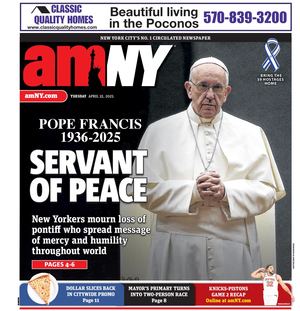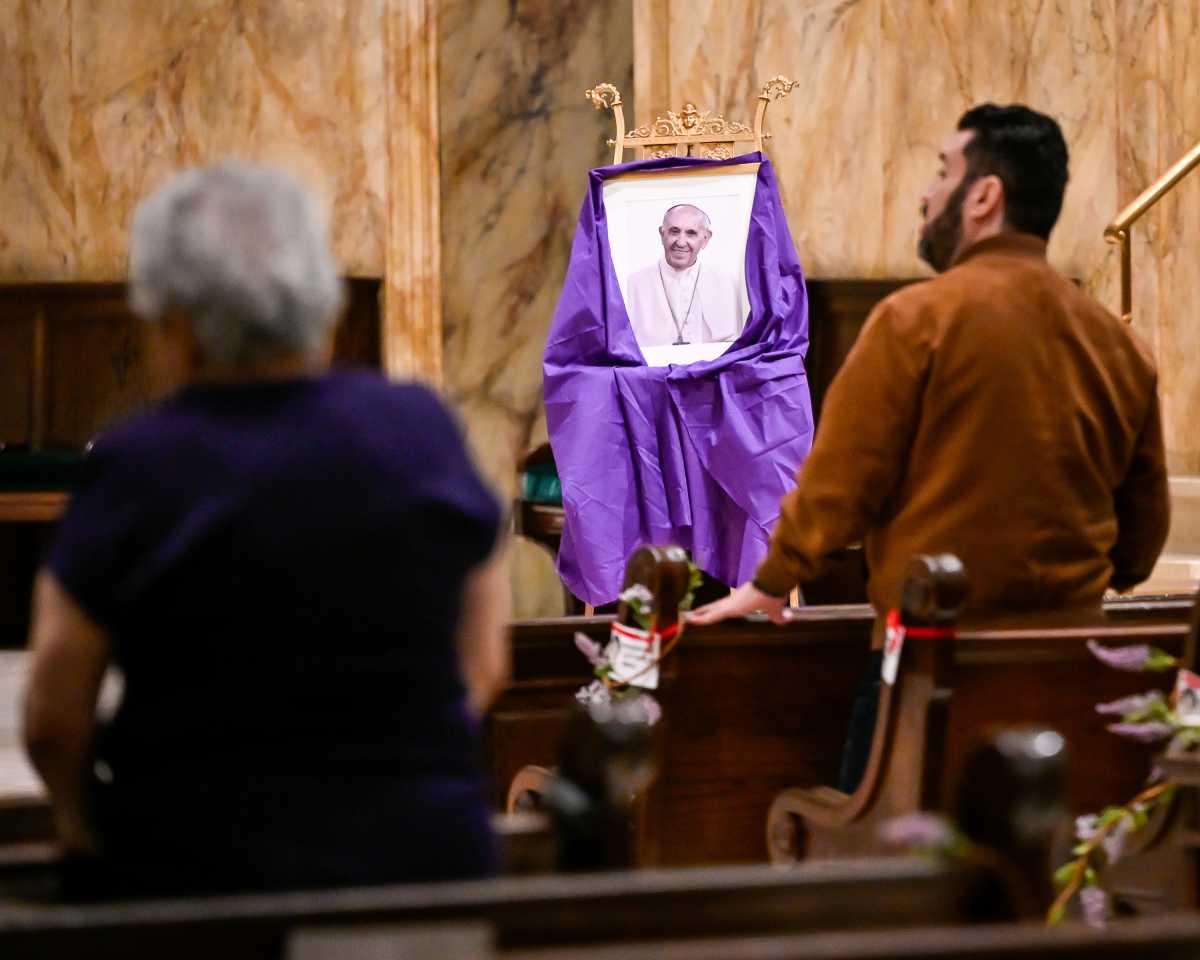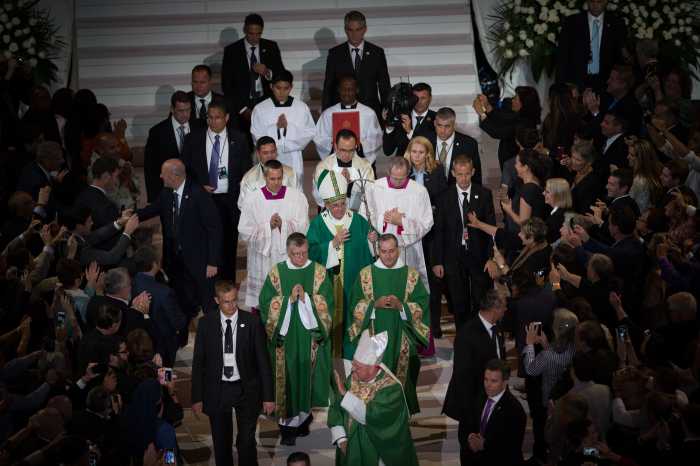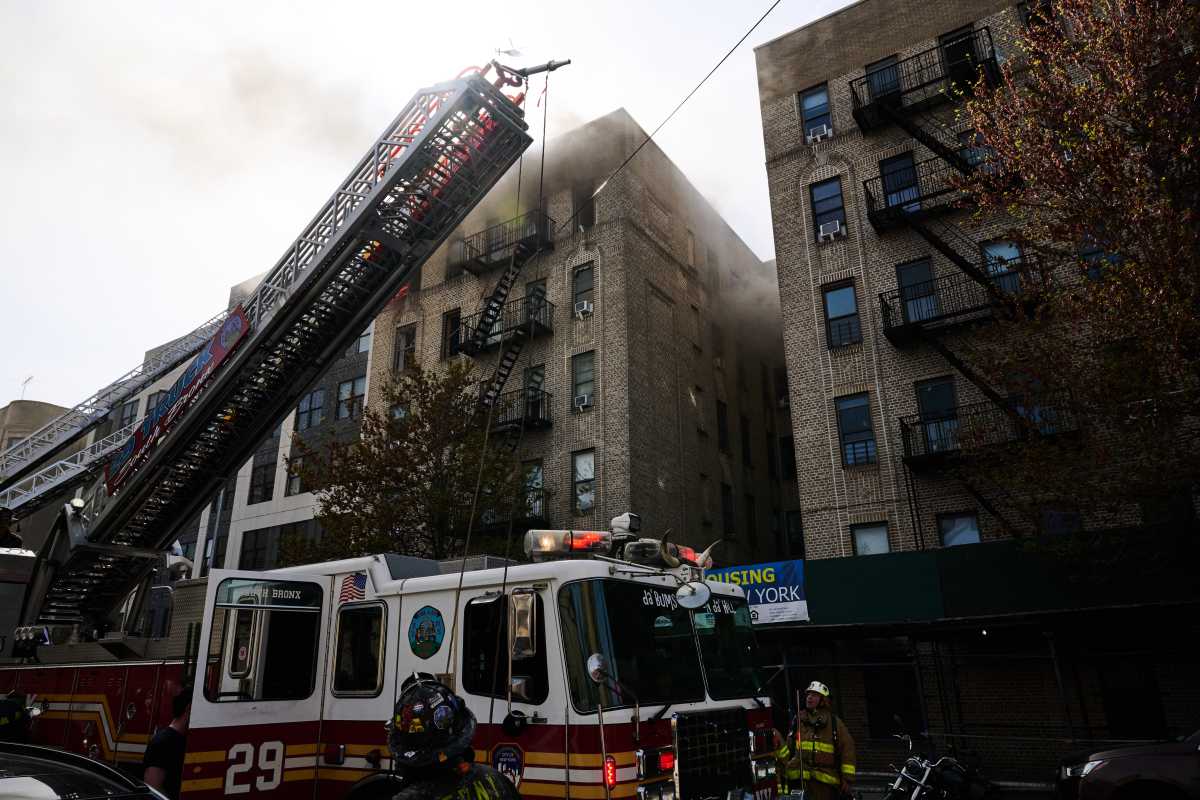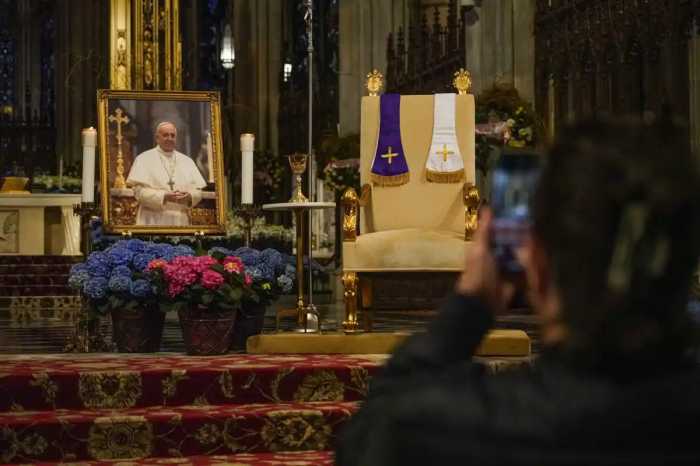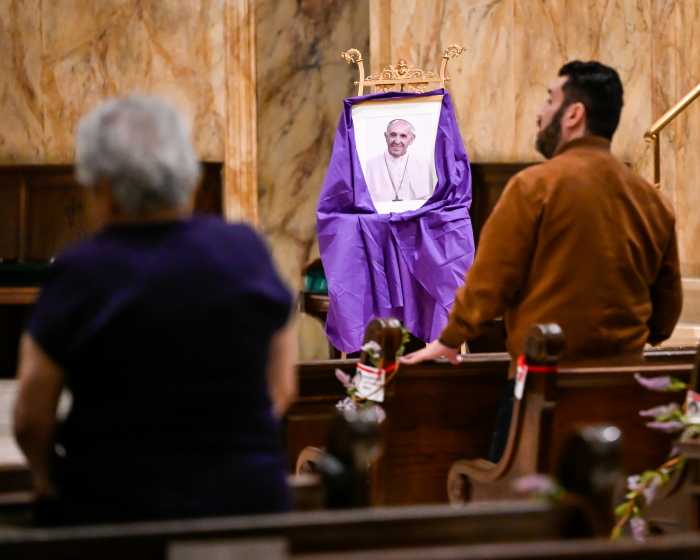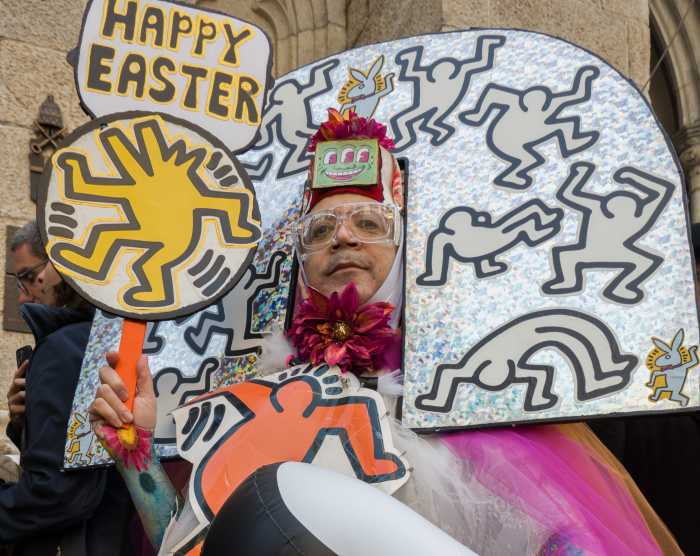Hundreds of high-rise office buildings in the city have been made safer over the past 15 years because of a requirement to install sprinkler systems.
The installations are mandated by Local Law 26, which passed in 2004 and came out of recommendations from a task force put together after the Sept. 11, 2001, terror attacks to review safety standards. More than 1,200 office buildings that are at least 100 feet high and were built before 1984, when sprinklers became a requirement, have until July 1 this year to complete the installations.
“The high-rise buildings in New York City are safer than they were 15 years ago,” said Daniel Colombini, director of fire protection at the consulting engineering firm Goldman Copeland. “It’s really an incredible feat that’s been accomplished here.”
Installing sprinklers in the remaining high-rises could cost around $20,000 per floor or hundreds of thousands of dollars per floor, depending on when the work can be completed and how difficult the installation is, said Colombini, whose firm helped around 50 buildings comply with the law.
Buildings that don’t meet the upcoming deadline will receive violations and fines, the Department of Buildings said. Only 23 of the more than 1,200 buildings have received extensions from the department because they were able to prove “undue hardships,” such as certain structural conditions.
“We encourage any remaining building owners who are not in compliance to get to work and not leave this to the last minute,” a DOB spokesman said.
While commercial high-rises are now almost universally outfitted with sprinklers, many residential buildings in the city also weren’t originally built with the safety feature.
“Sprinkler systems in residential buildings are an even bigger improvement to life safety than they are in office buildings,” Colombini said, but “practically, it would be more difficult” to enforce such a mandate as office buildings have faced.
“When it comes to questions of retroactive code requirements, it’s more of a political discussion than an engineering discussion,” he added.
A City Council bill, introduced last year by Councilman Barry Grodenchik, would require residential buildings 40 feet or higher that don’t have sprinklers to retroactively install them. The measure is being reviewed by the Committee on Housing and Buildings.
“If installing sprinkler systems in all residential high-rise buildings saves even one life, then doing so is well worth any resulting effort or cost,” said Councilman Robert Cornegy Jr., the chair of the Housing and Buildings Committee. “I look forward to holding a hearing on the bill as soon as we finish making some minor amendments to the language of the bill that will further clarify reporting requirements for building owners.”
Council members are working to find a way for buildings to remain livable while installations are being made, a spokesman for Cornegy said.
